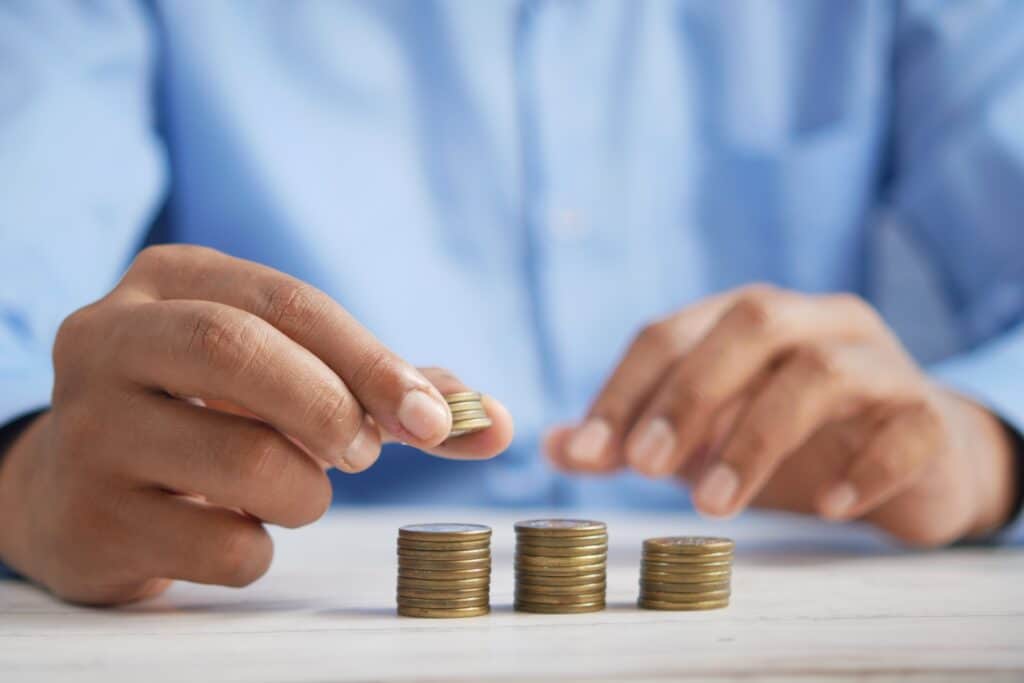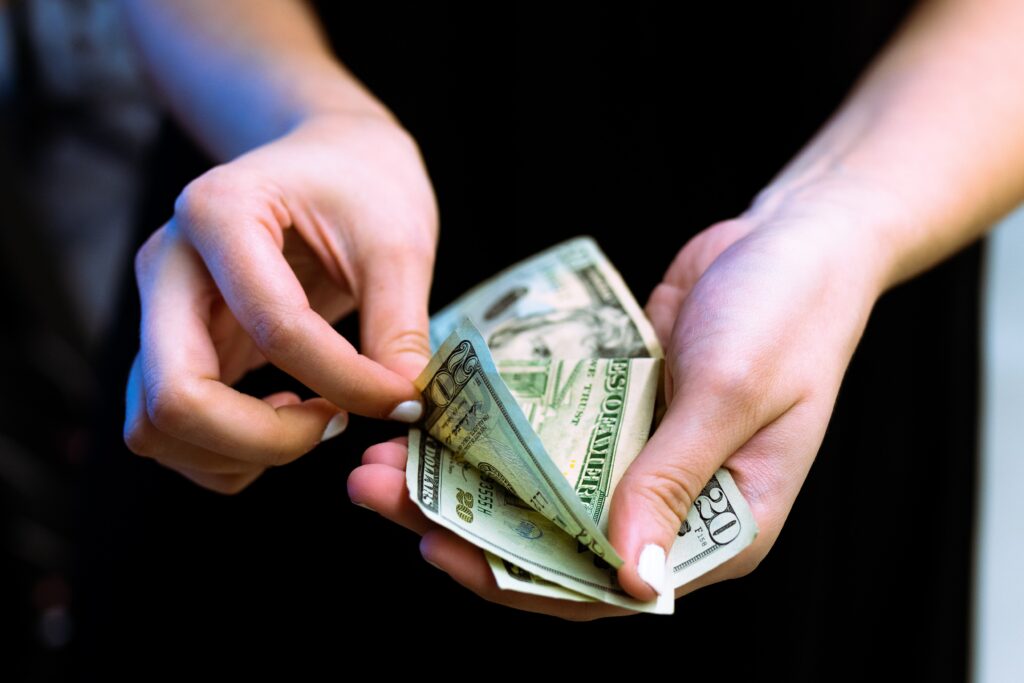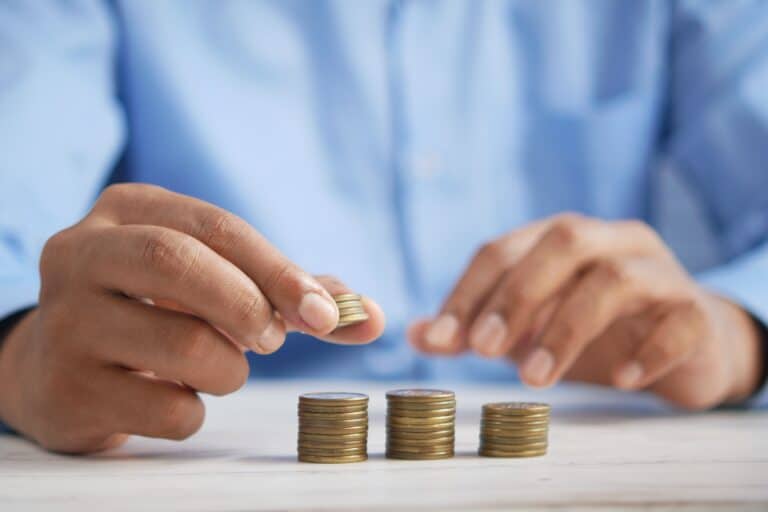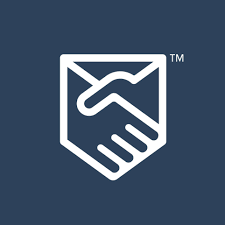If you want your wages sent directly to your bank account, consider learning how to set up direct deposit.
There are many advantages to receiving a direct transfer to your bank account rather than manually cashing paychecks. It’s typically quick, convenient, and can help prevent fraud. It’s grown in popularity so much that as of this writing, direct deposit is how 93% of Americans get paid.
Read on for a step-by-step guide on setting up direct deposit through your employer or financial institution.
What Is Direct Deposit?
You might have heard the term, but what does it mean? A direct deposit is what it sounds like: money that is deposited directly into a bank account.
To get into more detail: a direct deposit is an electronic payment automatically transferred into a bank account of your choosing. It’s often used as an alternative to receiving a paper check, which you usually deposit in person with a bank teller, at an ATM, or via mobile banking.
Direct deposit transfers in the U.S. are typically completed through the Automated Clearing House (ACH) network. ACH transfers are electronic money transfers between institutions.
An ACH direct deposit means that a payer (such as your employer) transfers funds from their bank account into another. This system is designed to move money more efficiently between financial institutions.
How Do I Start the Direct Deposit Process?
To start, you will need to ask your employer’s payroll manager if direct deposit is an option for receiving wages. If so, you will receive an authorization form to either fill out by hand or complete electronically and submit online.
Many employers include the direct deposit signup as part of their new employee onboarding, so you may not even have to ask.
If your employer can’t provide you with the necessary documents, you can also go through your bank or credit union. In most cases, you’ll need some or all of the following:
- Your bank account information
- Bank account number
- Bank routing number
- Names associated with the account
- Your bank’s information
- Bank’s name
- Bank’s address
- A voided check
- Personal information
- Mailing address
- Social security number or ITIN
Your account number is a series of digits unique to your personal bank account, classifying it as yours. Your routing number is a nine-digit identification number specific to the bank or credit union that your account is set up with. This is also referred to as the American Bankers Association (ABA) number.

Your account and routing numbers can be found on the bottom of a check, on your bank statements, or in your online banking portal.
The bank’s mailing address should also be located on your bank statements, or you can look it up on the institution’s website. If you use online or mobile banking, you’ll be able to find all of this information on your account once you’re logged in securely.
Although you don’t always need to include a voided check, some employers will ask for one. A voided check can help your employer verify the account and routing numbers, ensuring that your funds are transferred to the correct place.
How do you void a check? Simple. All you need to do is write VOID across the front. This prevents others from using it to forge your information or access funds from your account.
Where Will the Deposited Money Go?
It’s up to you where you want your money to be deposited. In most cases, you’ll either choose your checking or savings account.
You may also be able to split your direct deposit between two or more accounts. For example, you might choose to deposit 80% of your paycheck into checking, but reserve 20% for savings. Ask your employer if you’re interested in this option.
Direct deposits are automatic and recurring, so you won’t need to fill out the form more than once.
Benefits of Direct Deposit
One of the most obvious benefits of direct deposit is the convenience of immediate access to your wages. You no longer need to physically cash paychecks or visit the bank to deposit them into your account. You also don’t have to worry about them being lost or damaged.
Direct deposit can also be useful in other cases. For instance, you might choose to have your tax refund (if you receive one) as a direct deposit from the IRS. You’ll be given the option to provide your bank account information when you submit your taxes.
Other institutions, such as the Social Security Administration also offer direct deposit as an option for receiving funds.

What If I Don’t Have a Bank Account?
If you don’t have a bank account, it may still be possible to receive direct deposits from your employer. You might be able to receive your payments via prepaid debit card or a mobile wallet.
You might also consider opening an account with an online-only bank. It’s often a fast process that can be done right from your home.

